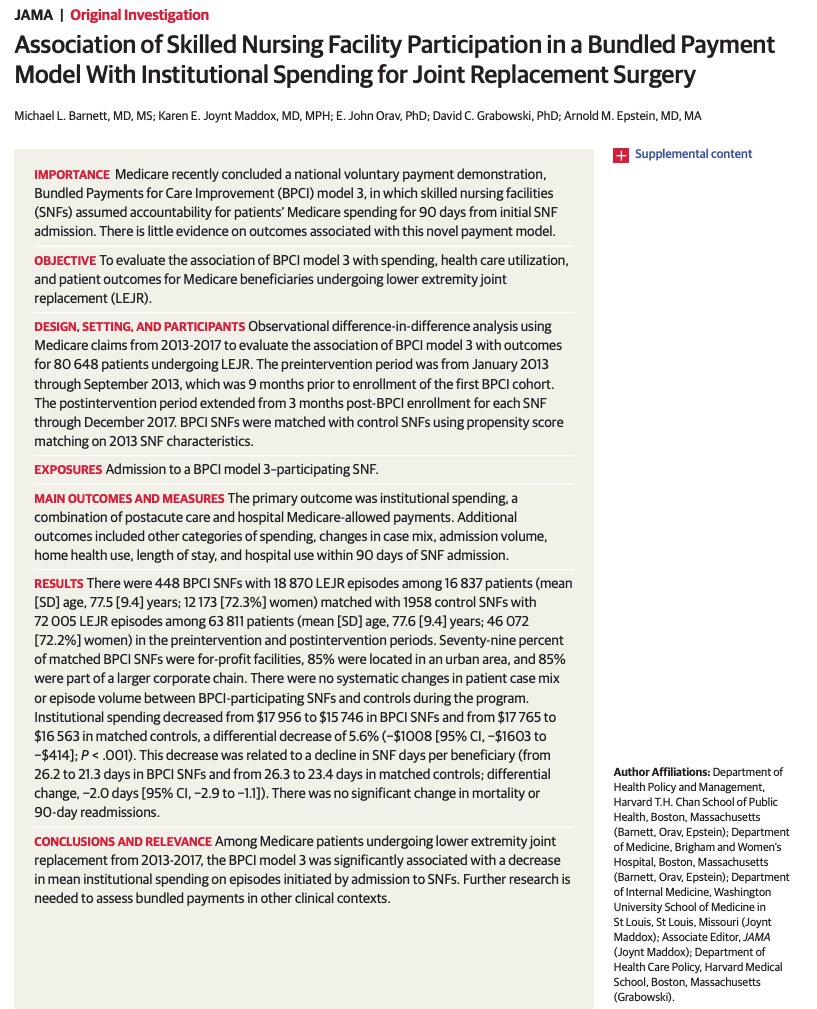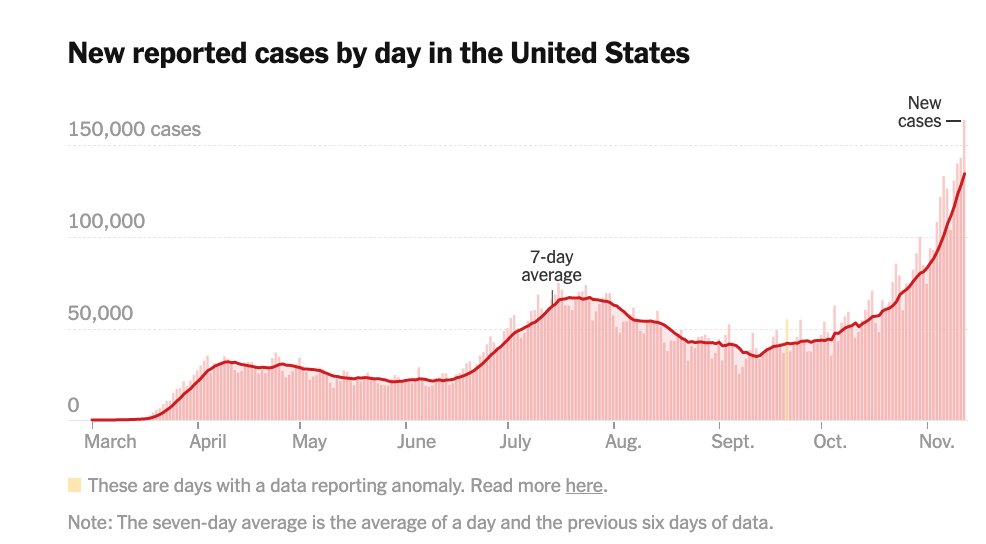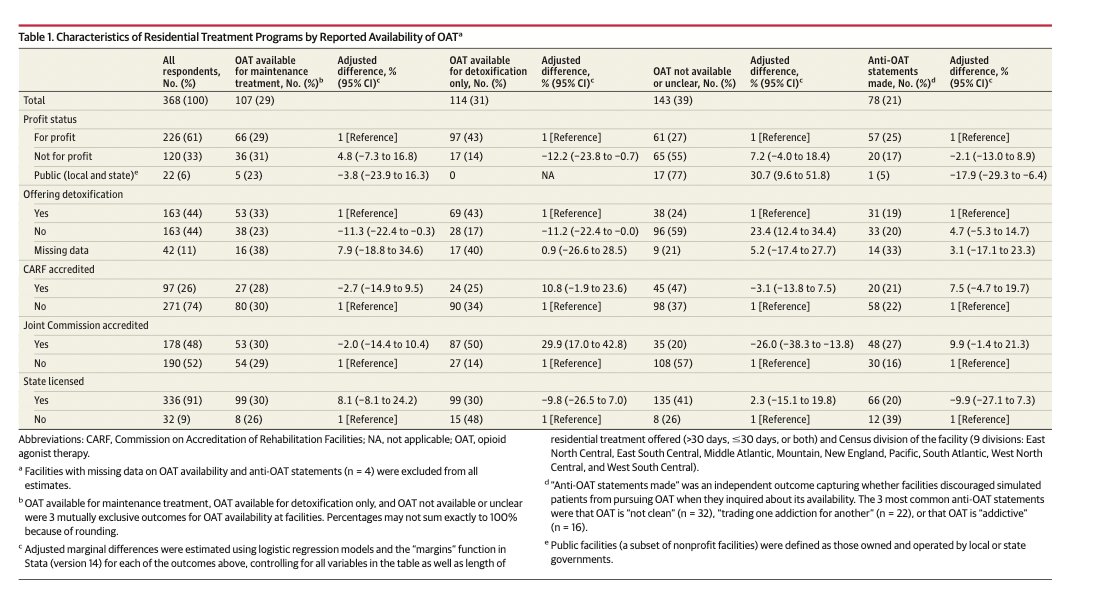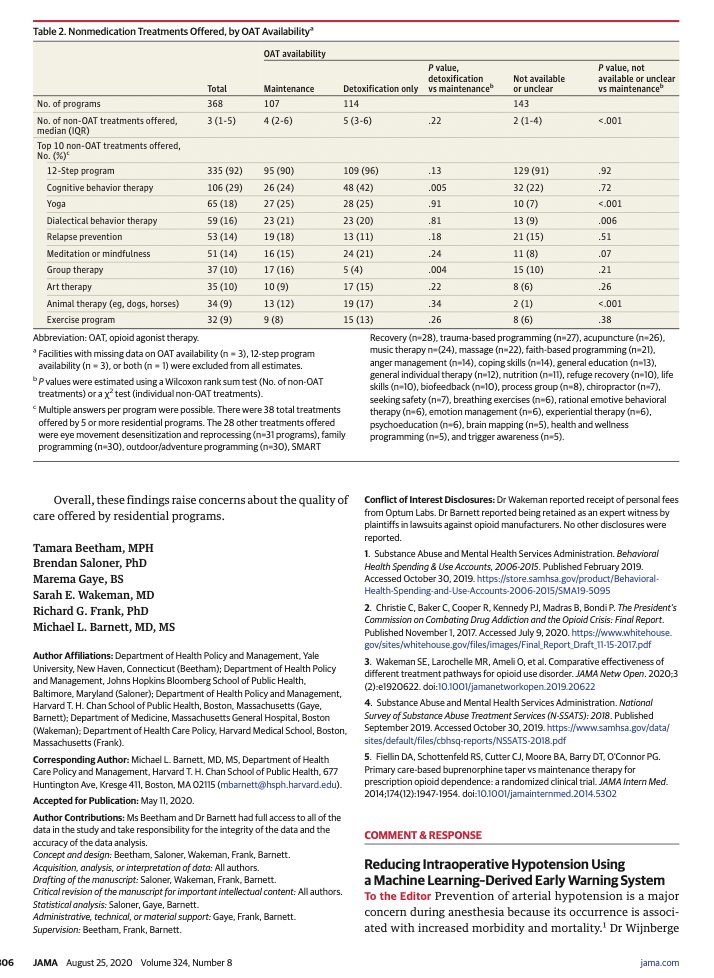
New in @JAMA_current today on a new bundled payment model based in skilled nursing facilities (SNFs)!
Turns out that SNFs can save money too with bundled payments
W/ wonderful co-authors @kejoynt John Orav @DavidCGrabowski Arnie Epstein
brief thread
jamanetwork.com/journals/jama/…
Turns out that SNFs can save money too with bundled payments
W/ wonderful co-authors @kejoynt John Orav @DavidCGrabowski Arnie Epstein
brief thread
jamanetwork.com/journals/jama/…

@JAMA_current @kejoynt @DavidCGrabowski A little discussed bundled payment model run by CMMI from 2013-2018 was focused on nursing facilities as risk-bearing providers - so called "BPCI Model 3"
How did this program work for total joint replacement - the most common surgery in Medicare?
innovation.cms.gov/innovation-mod…
How did this program work for total joint replacement - the most common surgery in Medicare?
innovation.cms.gov/innovation-mod…
@JAMA_current @kejoynt @DavidCGrabowski We studied episodes at 448 SNFs from 2013-2017 and matched them to similar SNFs
Outcomes: spending, SNF days and admission/death
This was also my first chance to walk the walk of @laura_tastic @jamie_daw's excellent work on matching in diff-in-diff
Outcomes: spending, SNF days and admission/death
This was also my first chance to walk the walk of @laura_tastic @jamie_daw's excellent work on matching in diff-in-diff
https://twitter.com/laura_tastic/status/1022890688525029376?s=20
@JAMA_current @kejoynt @DavidCGrabowski @laura_tastic @jamie_daw I'll cut to the chase because you have other doomscrolling to do
Major findings:
- Bundled payments in SNFs for joint replacement resulted in $1,008 differential savings (5.6%!)
- All of this came from lower length of SNF stay
- No signal of worse outcomes or patient selection


Major findings:
- Bundled payments in SNFs for joint replacement resulted in $1,008 differential savings (5.6%!)
- All of this came from lower length of SNF stay
- No signal of worse outcomes or patient selection



@JAMA_current @kejoynt @DavidCGrabowski @laura_tastic @jamie_daw If you are intrepid enough to dive into the Appendix, you'll find another really interesting result (I think), which is that the savings grew over time for participating SNFs. 

@JAMA_current @kejoynt @DavidCGrabowski @laura_tastic @jamie_daw My takeaways from this work:
- Let's not forget about the potential for bundled payments outside of hospitals
- The evidence is pretty strong now that less post-acute rehab for joint replacement seems to be OK
- Results for SNF bundles for medical conditions coming later ...
- Let's not forget about the potential for bundled payments outside of hospitals
- The evidence is pretty strong now that less post-acute rehab for joint replacement seems to be OK
- Results for SNF bundles for medical conditions coming later ...
@JAMA_current @kejoynt @DavidCGrabowski @laura_tastic @jamie_daw And the last takeaway was that it was awesome to work with @kejoynt @DavidCGrabowski Arnie and John!
This paper built on the excellent work of many: @laura_tastic @jamie_daw @JMichaelMcW @AmolNavathe @JoshuaLiaoMD + many at @TheLewinGroup and non-twitterati like Amy Finkelstein
This paper built on the excellent work of many: @laura_tastic @jamie_daw @JMichaelMcW @AmolNavathe @JoshuaLiaoMD + many at @TheLewinGroup and non-twitterati like Amy Finkelstein
• • •
Missing some Tweet in this thread? You can try to
force a refresh
















